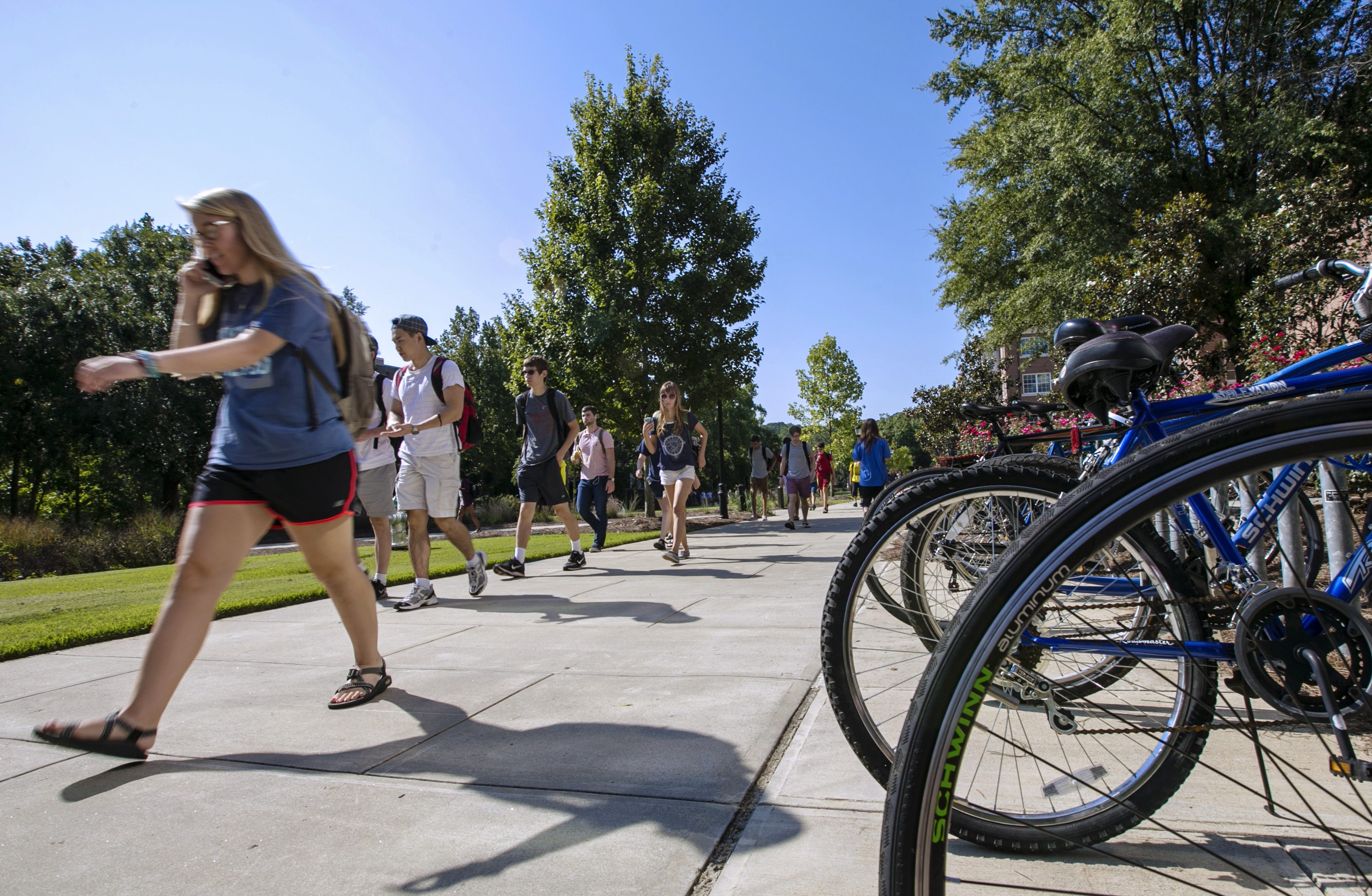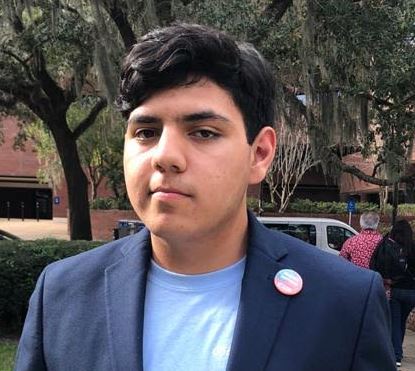
Educational Inequality
Throughout the US, education is considered one of the most valuable resources. Federal, state, and local governments work in conjunction to develop funding plans that allow students to receive at least an adequate education. Some states have developed plans to distribute funding in a way that some students receive the best education. While adequate might previously have been enough for students, it’s time to develop a system of funding that provides all students with the best education, spreading the funding equally in that manner.
Education inequality is real, and it’s dividing the upper and lower classes further and further.
To understand the systematic problems, we must first understand the basic outline of the system. 90% of states and counties use the same method to fund their schools. The first thing determined is a minimum amount of money each school will receive per student. The state provides that much money to each school, collected through taxes. Then, the federal government provides the state a lump sum, earmarked for education. These funds are much less than those provided directly by the state, but are often directed towards lower income and minority regions. So far, it seems like minority students and lower income students are getting equal or more funding, especially with the federal funding. But this federal funding only makes up 9-10 percent of education funding.
Local funding is sourced from property taxes, and in the state of Florida, all the property tax rates fall between 0.59% and 1.26%. Most counties, however, have property tax rates between 0.85% and 1.15%, meaning most counties are receiving the same percentage of funding. The problem is there are a few counties in Florida that contain much of Florida’s wealth. Those counties receive much more funding than the rest of Florida’s schools. Because of this increased funding, they attract top teachers and are able to provide amenities not available to students in less funded schools.
The biggest issues with this funding system is it leaves kids in underfunded schools unmotivated and/or unable to perform. These students are unable to break the shackles of economic inequality, leaving them in a vicious cycle. On the other hand, students who attend well funded schools leave motivated and prepared to take on other challenges presented. Data collected by The Brookings Institution finds that a quarter of low-income students drops out of college by their second semester, a rate that is less than 10% for higher income students. The State of Florida must come together to determine a way to lessen educational inequality.
One idea proposed is to lessen the amount of funding provided by the state, and not provide any state aid for counties which can already provide more than the minimum amount per student. These counties can fund their schools without state aid, and allow the state to send that aid into school districts which cannot meet that amount. This can be done without lowering tax rates in any county and still providing more than adequate education to every student.
Another idea proposed taking any extra money from schools meeting the minimum per student, and put it to a “recapture pool”. This “recaptured” money is then distributed evenly among all counties regardless of their economic standing. The economic counterpoint provided to this argument is that property values will fall in the areas from which “recapture” money is collected, which has prevented southern lawmakers from boosting Florida’s education system.
We need to come together as a state and determine how to rearrange our school system. We can no longer rely on students getting a barely adequate education. Students need more support from their school to help break the bonds of economic insecurities. The harsh truth of this situation: Florida is failing most of their students, but watching as a few select students widen the economic gap.

































Comments